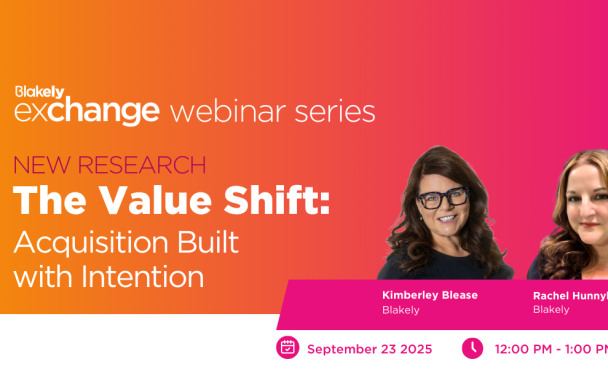
Age: Is it really just a number?
Exploring the connection between age and donor experience.
The truth is: age matters. A lot. And over the past two years we have seen age being one of the biggest differences in what a donor needs, what motivates them and the experience they want.
Currently, it seems that 55 years of age is an important line to draw. We are seeing the most differences between those under 55 versus those who are older, but we expect this to change over time as the youngest of the Baby Boomer population hits 60.
Looking at age is important. While traditionally, a large portion of our donors have been 65+, we’re now seeing significantly more and more 35-55s donating. Especially during the pandemic, the biggest growth was from donors of this age group — potentially donating for the very first time and giving at a time when they were more likely to be cash rich because of the pandemic, with reduced expenditures on socializing, commuting, and travelling.
Our latest research suggests older donors are feeling more comfortable and more trusting of charity. While younger donors have higher expectations in digital than over 55s, they’re less likely to feel financially comfortable or wealthy. They’re harder hit by the economic downturn and may be feeling uneasy about their personal finances.
So, what do these under 55 donors want? We’ve observed some interesting trends with younger donors who:
- May be giving for the first time
- Have a bigger appetite for content
- Place more importance on values and diversity
- Are happier to get digital vs mail communications
- Are far more likely to give their charities “favourite charity” status
- And have a higher interest in legacy and monthly giving
We’ve also seen that younger donors are more diverse in their gender identity and are more likely to support environmental causes and align with fighting inequities and social justice causes versus the focus on health and food banks of people over 55. We have also identified a couple of groups who have a real passion for charity and will likely be the next big group of philanthropists.
So what does this mean for your fundraising in 2023?
Apart from the different needs, we need to consider that this younger age group will be more affected by cost-of-living increases and inflation. According to a report by Wells Fargo, every generation younger than the Boomers and the Silent Generation (65+) will be more affected by cost-of-living increases. This creates a challenge for charities, where new donor files are skewing younger. Year end 2022 already showed a softness for many organizations compared to early 2022 and 2020, so we are watching the trending very carefully.
In some charities, we’ve seen up to 62% of new donor files younger than 55. In others, it’s a more modest 25%. But in all charities we’ve worked with, the ratio has increased since 2019. We have identified this through our affinity work and continue to build data collection on age into multiple touchpoints with organizations in order to work at this important demographic information over time.

It can be a real challenge to identify age groups in your donor base, but the investment is worth it and gives you the power to deliver a more tailored journey that inspires people to act. It allows you to deliver content and an experience that meets people’s needs and builds connection, so it’s key to future giving. Unlocking the power of age information will have a direct impact on your ability to inspire and connect!
If you want to learn more about uncovering age in your files, or want to learn more about our Donor Affinity Surveys, we would love to chat!









